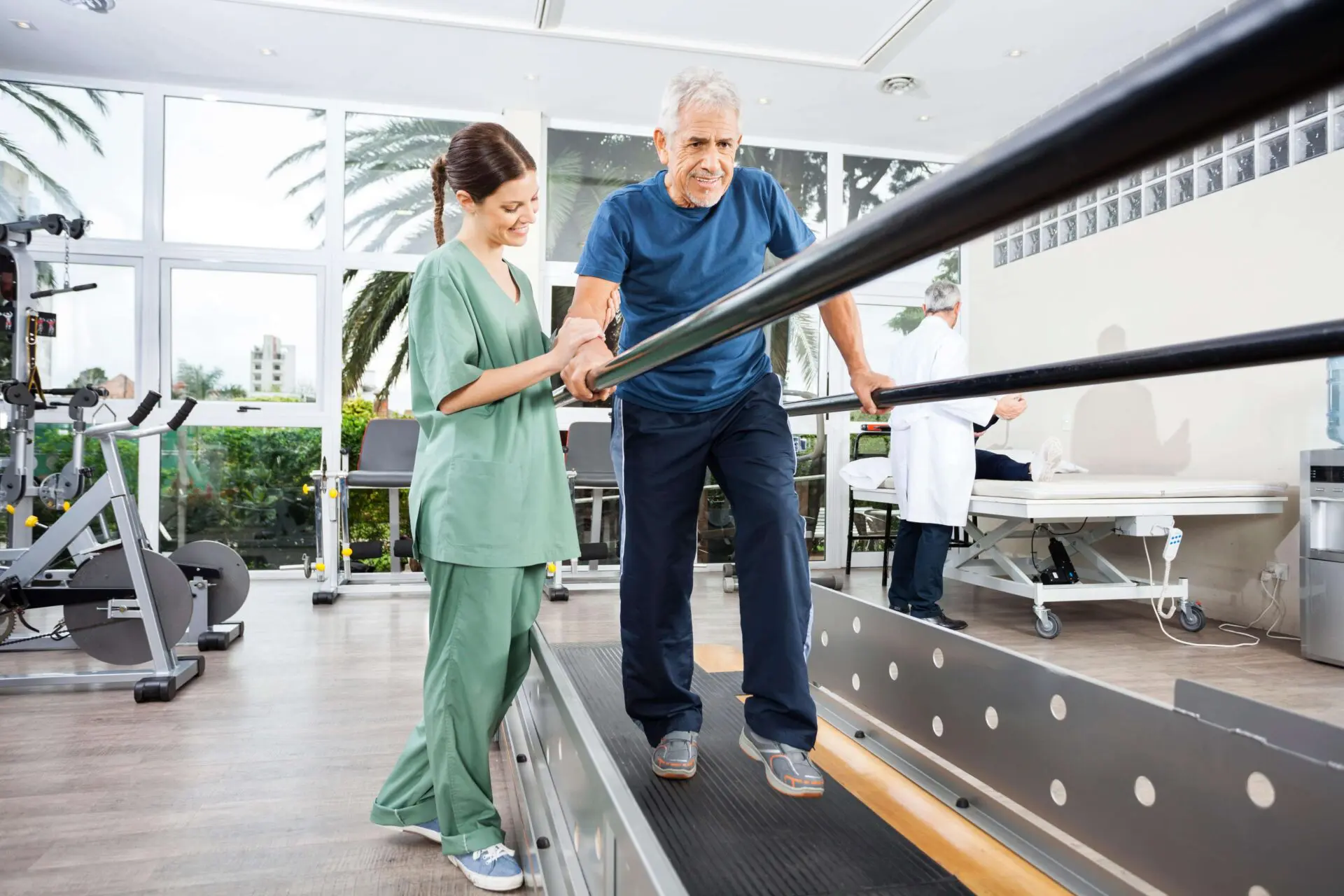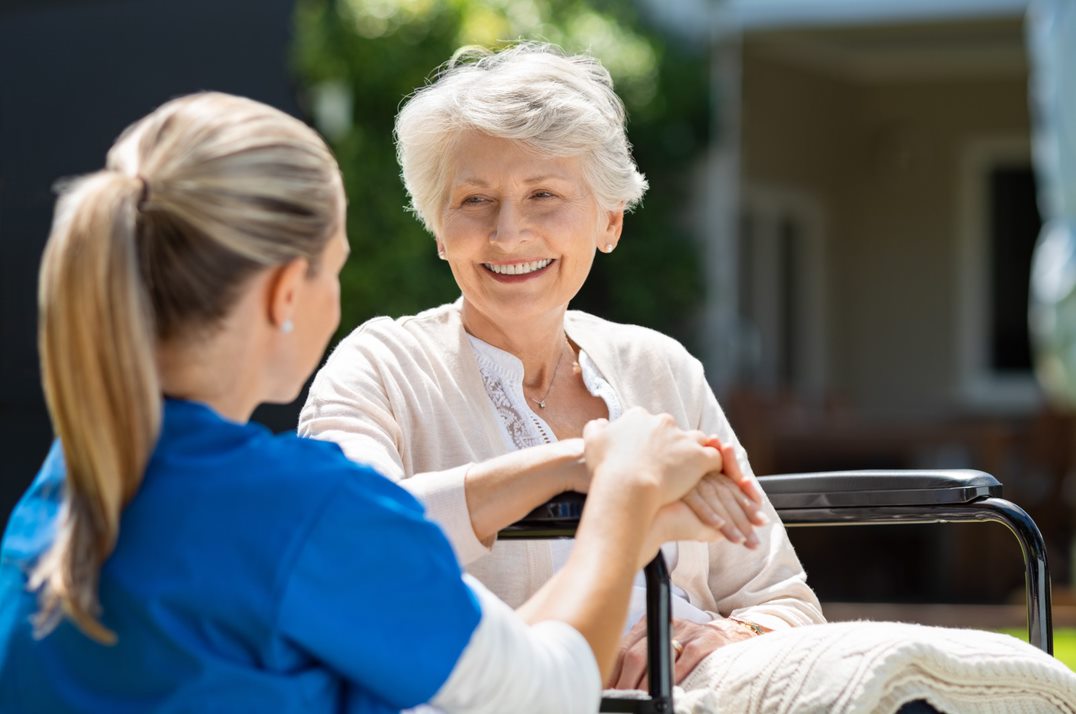The Ultimate Guide To Dementia Fall Risk
About Dementia Fall Risk
Table of ContentsFascination About Dementia Fall RiskAll About Dementia Fall Risk9 Simple Techniques For Dementia Fall RiskDementia Fall Risk Can Be Fun For Everyone
A fall threat assessment checks to see exactly how most likely it is that you will certainly drop. The evaluation generally consists of: This consists of a collection of concerns about your overall health and wellness and if you've had previous falls or troubles with balance, standing, and/or strolling.STEADI consists of testing, analyzing, and treatment. Treatments are referrals that may reduce your risk of falling. STEADI consists of three actions: you for your threat of succumbing to your risk variables that can be enhanced to attempt to prevent falls (for example, balance issues, impaired vision) to minimize your risk of dropping by using effective techniques (for instance, offering education and sources), you may be asked a number of inquiries consisting of: Have you fallen in the past year? Do you really feel unstable when standing or strolling? Are you stressed regarding falling?, your copyright will certainly evaluate your stamina, equilibrium, and gait, making use of the following loss analysis tools: This test checks your stride.
If it takes you 12 seconds or even more, it might suggest you are at higher danger for an autumn. This examination checks strength and equilibrium.
Move one foot midway onward, so the instep is touching the huge toe of your various other foot. Move one foot completely in front of the various other, so the toes are touching the heel of your other foot.
Getting The Dementia Fall Risk To Work
A lot of falls happen as an outcome of multiple contributing elements; for that reason, handling the risk of falling begins with recognizing the variables that add to drop threat - Dementia Fall Risk. A few of one of the most appropriate risk aspects consist of: Background of previous fallsChronic medical conditionsAcute illnessImpaired stride and balance, reduced extremity weaknessCognitive impairmentChanges in visionCertain risky drugs and polypharmacyEnvironmental variables can additionally raise the threat for drops, including: Poor lightingUneven or damaged flooringWet or unsafe floorsMissing or harmed hand rails and get hold of barsDamaged or poorly fitted devices, such as beds, mobility devices, or walkersImproper use assistive devicesInadequate supervision of individuals staying in the NF, including those who display aggressive behaviorsA effective loss danger management program calls for a comprehensive medical assessment, with input from all participants of the interdisciplinary team

The care plan should likewise include treatments that are system-based, such as those that promote a safe setting (proper lighting, handrails, order bars, etc). The effectiveness of the interventions must be assessed occasionally, and the care plan changed as required to mirror modifications in the fall threat evaluation. Applying a loss danger administration system making use of evidence-based best practice can minimize the prevalence of drops in the NF, more tips here while limiting the potential for fall-related injuries.
The Definitive Guide for Dementia Fall Risk
The AGS/BGS standard recommends screening all grownups matured 65 years and older for autumn threat annually. This screening consists of asking individuals whether they have fallen 2 or more times in the past year or sought clinical interest for a fall, or, if they have not fallen, whether they feel unsteady when walking.
Individuals who have actually fallen once without injury must have their balance and gait reviewed; those with gait or equilibrium irregularities must obtain added evaluation. A history of 1 loss without injury and without stride or balance problems does not call for more analysis beyond continued annual loss risk screening. Dementia Fall Risk. A loss danger evaluation is called for as component of the Welcome to Medicare exam

Top Guidelines Of Dementia Fall Risk
Recording a drops history is one of the high quality indicators for loss avoidance and monitoring. Psychoactive medicines in certain are independent predictors of drops.
Postural hypotension can often be reduced by reducing the helpful resources dose of blood pressurelowering medicines and/or quiting drugs that have orthostatic hypotension as a negative effects. Use above-the-knee assistance hose and copulating the head of the bed elevated might additionally decrease postural decreases in blood pressure. The preferred components of a fall-focused physical exam are revealed in Box 1.
.png)
A TUG time more than or equivalent to 12 secs recommends high fall risk. The 30-Second Chair Stand test examines reduced site web extremity toughness and equilibrium. Being incapable to stand up from a chair of knee elevation without making use of one's arms suggests boosted autumn danger. The 4-Stage Balance examination assesses static equilibrium by having the patient stand in 4 positions, each gradually a lot more challenging.